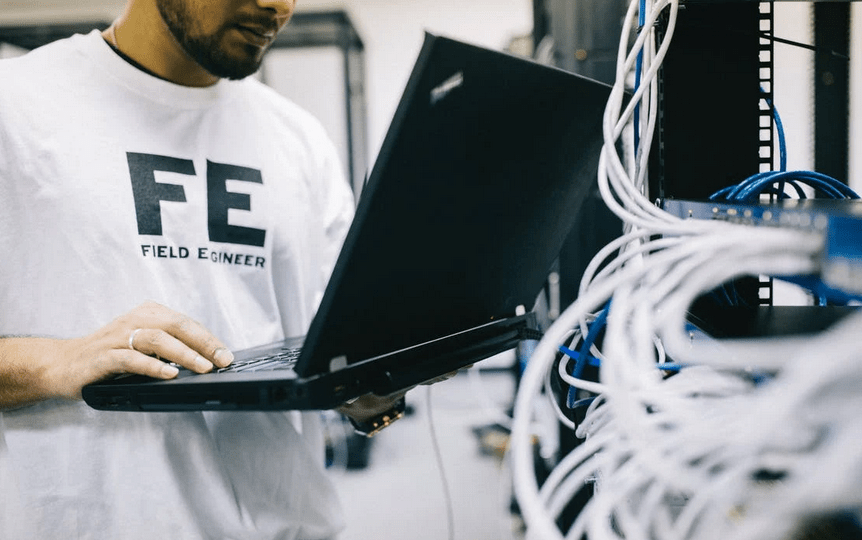During the early 1990s, network topology made it easier to access data and connect with other people. In addition, the introduction of the WiFi system paved the way for mobility which forever changed the world.
These days, it is virtually impossible to envision home and working spaces without it. Internet connection means being able to work faster and more efficiently compared to the past. So WiFi connection has become synonymous with normal living that a problem quickly prompts us to look for a WIFI Technician Near Me.
But when do you need a technician when a simple modem reset often works to solve the problem? Here are some of the more technical issues that require you to seek the help of a WiFi repair service.
You Constantly Experience Dead Drops
The typical symptom of a dead drop is not getting a response from the network adapter. You have a phone, PC, printer or access point connected to the wall jack, but network connections are not activated. There are no blinking lights on the switch port, and the network adapter does not respond.
The common cause of a dead spot is that the connection line is not patched through the wall jack. Unfortunately, in most organisations, active connections are the only ones patched, which often requires a technician’s help.
It also happens that when offices are moved, network jacks are not inspected and properly documented. As a result, it causes sudden connection drops, which requires a WIFI Technician Near Me. In addition, there are also instances when switch ports are administratively disabled.
Your Network Cannot Get an IP Address.
This problem happens when your network is inoperable and appears down. The typical sign would be getting an alert from the DHCP server that there is no signal coming in. The various possible causes would be that the DHCP server is out of address, server service is down, or the end device is not configured correctly.
This problem also happens when new devices are configured for VLAN use, and the DHCP is not connected to the DHCP server. When resolving such an issue, one thing to consider is whether the problem happens to a single user or a group of users.
When there is only one affected, checking the VLAN configuration will give you an idea of where the problem is coming from. But if the problem happens to more than two people, it might require you to get a technician who can figure out where the problem is.
Wireless Client Connection Problems
There comes a time when your device can detect a wireless access point but cannot connect to the network. There are various reasons for these problems, including dead spots, unrecognised security credentials, and wireless channel interface problems.
When such a problem happens, technicians use wireless monitoring tools to gauge signal strength in affected areas. These professionals also conduct site surveys in areas looking for rogue and unknown APs.
WiFi technicians can also configure overlapping wireless channels that can affect user experience. Additionally, technicians check surrounding access points for noise signals from noise-inducing equipment like a microwave or cordless phones. The key to preventing problems with WiFi client access is to continuously monitor client activities and attempts.
Resolving WiFi connection problems often gets complicated for a non-techy person to handle. When it happens, you need to get the help of a professional who can quickly restore your data connections.
Author: Alison Lurie

